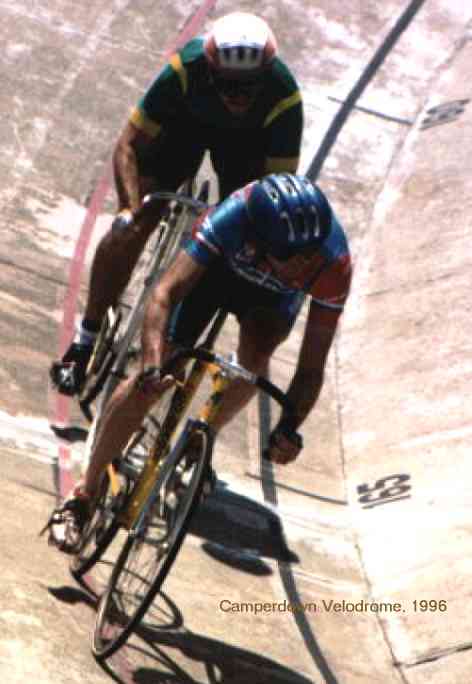Osteopenia and cycling
You read about this quite often. Most recently Pam Hinton wrote this is Cyclingnews.com:
We recently completed a study comparing bone density of adult male cyclists to that of runners and triathletes. Our subjects were competitive at the regional level, ranging in age from 18-60 years. The cyclists, as a group, had lower bone density of the whole body, leg, and spine compared to the runners and triathletes. Additionally, a greater percentage had osteopenia, i.e., bone mineral density less than one standard deviation below the mean for young adult males. The two groups of athletes did not differ in age, body composition, training load or diet. My point is that low bone mineral density among cyclists is probably much more prevalent than we know.
This is not the only such study to report that cyclists as a group have a lower average bone density. Now the question is why? Firstly you'd imagine that higher-impact sports would naturally require and acquire higher bone densities - indeed you could probably guess that cyclists as a group would be one step above swimmers and well below runners on this 'impact' scale. Now I'm not sure this has been verified, but you'd certainly imagine specialist swimmers to be 'worse-off' in that respect. So why do we not read of swimmers and osteopenia? Perhaps we don't read the right reports? Or is there another factor at play here, perhaps something to do with which body types are attracted to each sport? Remember that a swimmer's mass is supported by water, so hydrodynamics and technique is probably a bigger factor than outright mass.
OK, so here's my theory: cycling actually selects for low-density bone mass. If you looked at cyclists as sub-groups I'm imagine you'd see some pretty low figures for climbers and much higher numbers for TTers and sprinters (but still less than runners). Of course any gym work would assist the sprinters keep the bone mass up, but that aside you'd expect power-to-weight ratios to select for skinny, low-bone-mass riders against the heavier guys. Why? Simply because mass that doesn't propel you forward drags you backward. So the bigger, heavier guy must lose weight in order to be competitive with the lightly framed guy or girl, or they will simply change sports. Look at cyclists in general. They aren't built like football players, are they?
So when it comes to testing cyclists as a group of course bike riders will have lower average bone mass - it's an advantage to them! Now it's also an advantage for runners, but moreso for road endurance runners. (Although the impact alone will keep that density level up rather than down.) When you mix it up with triathletes you get a range of specialities (swimmers, runners and cyclists, or combinations thereof) and thus body shapes that even out the ratios a bit. Whereas with cyclists, especially road cyclists, it comes down to low mass almost all the time. Or you just get dropped. It's not as though you can make up time on your swim or run leg, eh?
Conclusion? It's not one thing. Yes, it's a low-impact sport, so by all means do your cross-training and jumps and take calcium plus vitamin D. But don't imagine that cyclists will become heavily built, with denser bones. In fact lightly built people gravitate towards cycling because they have an advantage. We are stacking the sport with osteopenics - because they go faster! Or at least that's my (untested) theory. And I - a long-term cyclist - am osteopenic, too!
Labels: bone density, cyclists, osteopenia, osteoporosis, racing, runners, swimmers









0 Comments:
Post a Comment
Links to this post:
Create a Link
<< Home